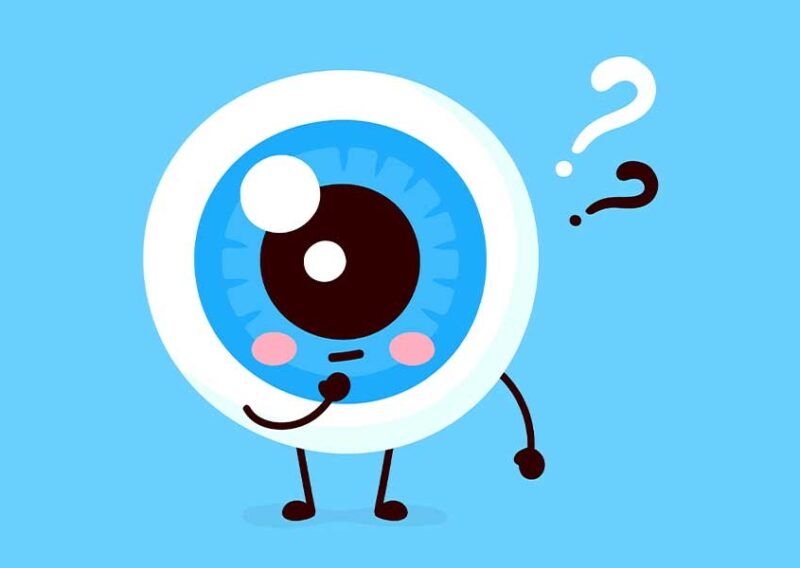Myopia, or nearsightedness, is a type of refractive error (when the eye does not bend , or refract, light properly). In myopia, close objects are seen clearly, but distant objects appear blurry. This is because the eyeball is too long from front to back (axial length), or the cornea too curved, causing the light passing through the eye to focus in front of the retina.
Myopia often starts in children when they are between ages 8 and 12 years old. It may become worse in their teenage years, when their bodies are growing rapidly. If myopia progresses to a point it becomes severe, it is called high myopia. There is usually little change in myopia after the age of 20, but myopia can also occur in adults.
How common is MYOPIA?
Myopia is one of the most common eye diseases in the world. It is estimated 30 to 40 percent of adults in the United States and Europe have myopia, and up to 80 percent of the Asian population. Over the past 20 years, the number of children with myopia has increased significantly and is expected to continue to increase. In Asia up to 90 percent of children are now myopic.
What are the dangers of MYOPIA?
Blurred distance vision can be corrected by vision correction glasses prescribed by your eye care professional. With these glasses, one can see distant objects clearly. The glasses, however, do not treat the underlying cause, elongation of the eyeball. When the eye is too long, it increases the risk of more severe, sight-threatening complications later in life including: Glaucoma, Cataract, Myopic Maculopathies and Retinal detachment. The worse the myopia, the higher the risk of future complications. The risk is greatest when a child reaches high myopia.
What causes MYOPIA?
Myopia is the result of the eye growing too long from front to back. That happens when eyes grow too quickly or continue to grow after age 10-12 when eye growth should normally stop. Myopia is hereditary. If one or both parents have myopia, their child is more likely to have myopia. But genetics alone do not explain the rapid increase in myopia we are experiencing over the last the two decades. Other factors are also believed to contribute to myopia progression.
High myopia is defined by the World Health Organization as a dangerous variant of nearsightedness that affects an individual to a higher degree. This worsened condition increases the health risks of cataracts, glaucoma, retinal thinning, retinal detachment, and myopic degeneration.





Recent Comments